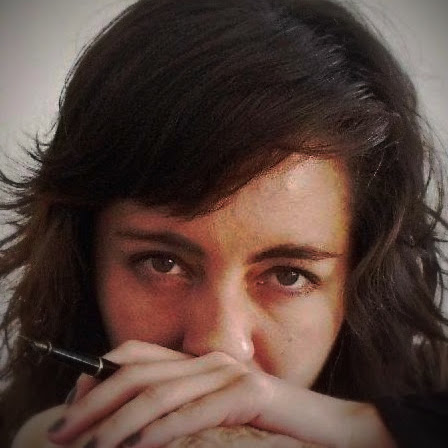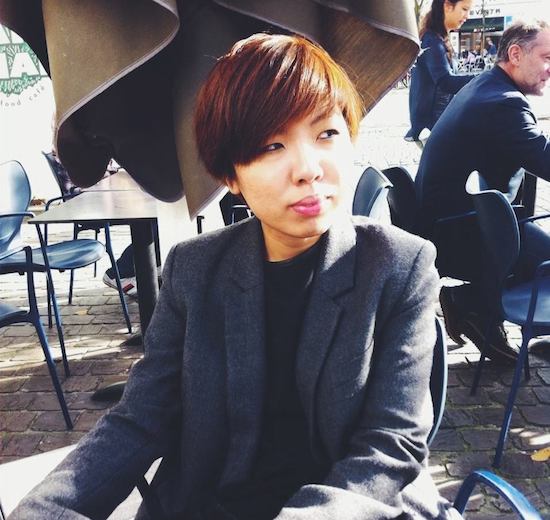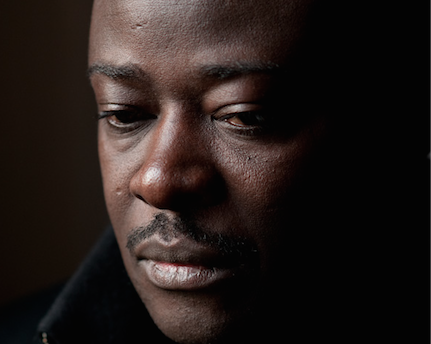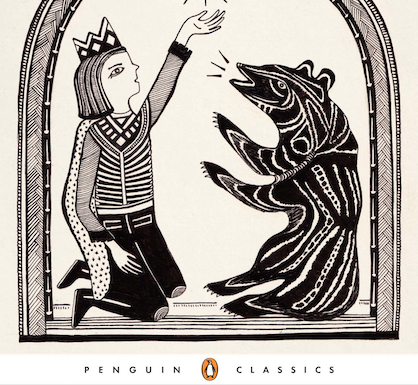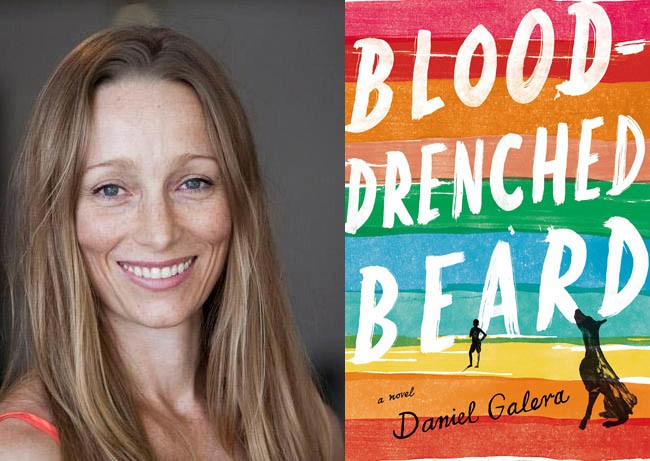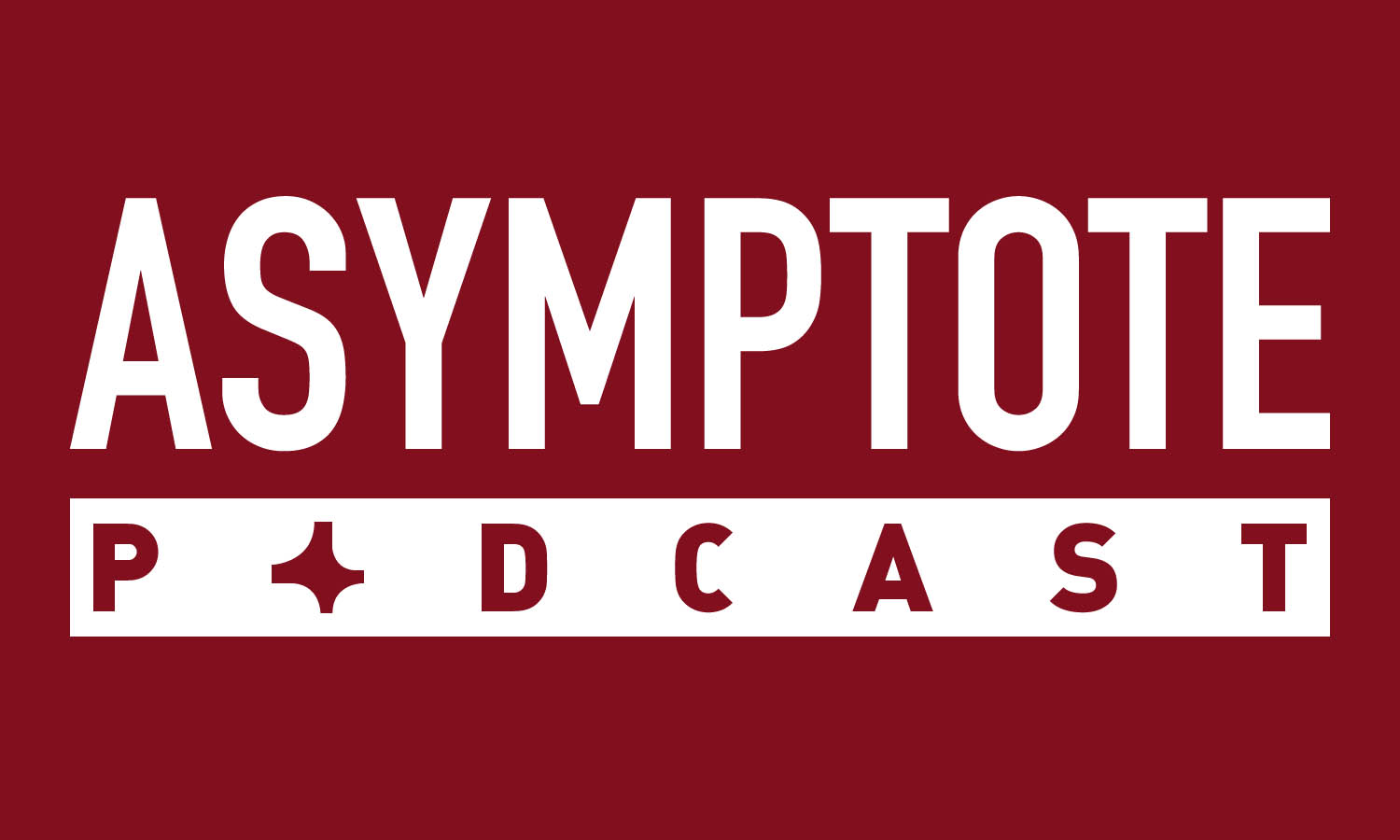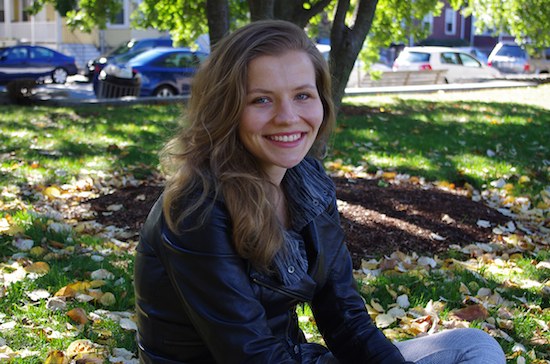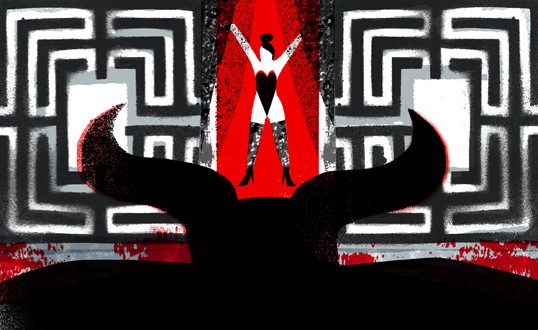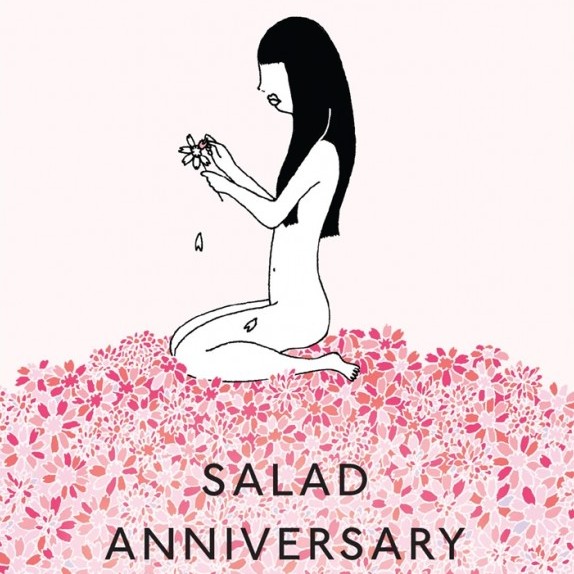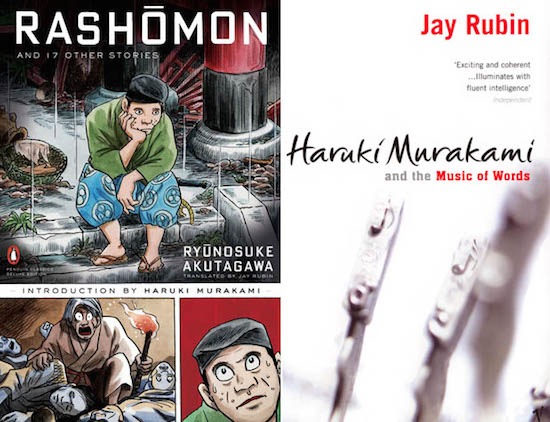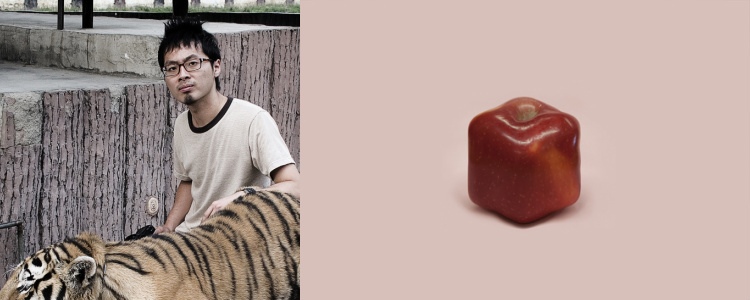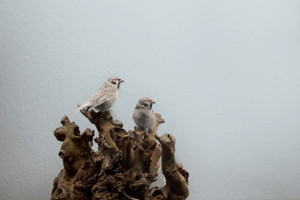Alex Cigale: “Le jardin reste ouvert pour ceux qui l’ont aimé.” Plume’s motto is the concluding line of Jacques Prévert’s “Vainement.” Could you connect for us Plume’s literary influences with the spot you see Plume inhabiting on the poetry journal literary map?
Danny Lawless: Michaux, Prevert, Follain, Parra, Ponge. These, and so many others, are transformational apparitions from a world beyond my provincial one, growing up in Louisville, Kentucky.
There was Breton, of course, the most famous name, whose poetry I now think did not prosper in the shade of his political and artistic manifestos that descended into fiats and excommunications. But one proceeds by allusion, right? A sort of overhearing. So in the course of taking in all of Breton—I was persistent—I made the acquaintance of Desnos, Reverdy, Char.
The book that all but exploded in my hands was Benedikt’s The Poetry of Surrealism: An Anthology. And so I read these people for years and years—over four decades, and when it was time to begin work on what would become Plume, there was no question regarding what its “aesthetic” would be. And, I suppose, making Plume was an act of conservation, for these poets had fallen out of fashion, if they were ever in it, in the United States.
I wanted to introduce these voices to other readers, to connect with those who knew and loved them as I did. I thought if future contributors had read as I had (and I discovered many had), then we would be of like minds, sharing certain affinities and antipathies—that their work would be what I liked and admired, and that publishing it would be a pleasure. READ MORE…


